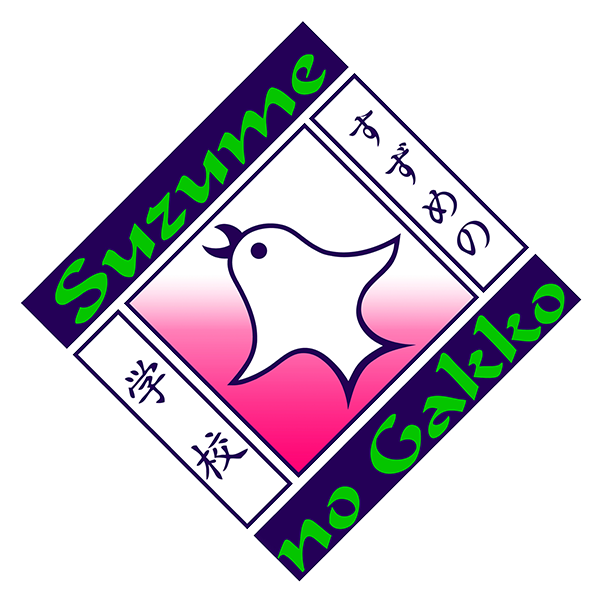It all started when…
During the Spring of 1977, a young sansei mother had returned from an Air Force tour in Japan and wondered how the inspiring cultural heritage she had recently glimpsed could be handed down to her young children. As a third-generation American, Karen Akahoshi had never before thought much about her Japanese ancestry. But personally encouraging her "roots" in Japan had awakened a fascination and pride in being part of a centuries-old culture.
While waiting in the check-out line at the neighborhood library, another friendly mother struck up a conversation with Karen. The Saitos had just moved to California from Indiana where Jiro had been working on a doctorate in Asian Studies. Ann Saito had two daughters about the same age as Karen's boys and the two families found they lived near each other. Soon they were exchanging babysitting favors.
One day Ann saw a newspaper article about San Jose's Bicentennial Celebration which would be held in the summer of 1977. At one of the meetings, a Japanese street fair was discussed. The chairman turned to Ann and the woman sitting next to her and asked if the two women would co-chair the street fair. Introducing herself, Ann met Karlene Koketsu who had an ardent interest in arts and crafts. A mother of six, Karlene was there as a CYS representative.
A newspaper article appeared about Jan Ken Po, a summer cultural program in Sacramento. The three newly-acquainted women sat down one day as they ate their bowls of noodles to talk about the idea of starting a similar program in San Jose.
Looking through a book of Japanese children's songs, the women saw the song, "Suzume no Gakko". They thought it was a cute name and were even pleased that the song was about a gakko! Karen volunteered her sister, Reiko Murakami, to come up with a logo for the "school of sparrows".
A bicentennial youth fair was to be held in a few weeks. It seemed to be an ideal place to check about local interest for the program. The three women quickly drew up a list of activities. A display booth was manned at the youth fair and dozens of people expressed interest. Summer was just around the corner and the women worked feverishly. They called all their friends and relatives to collect materials and to help them lead the activities. Three weeks later, Suzume no Gakko opened its doors for the first session.
The first summer, the program ran for two weeks, five days a week. There were four combination classes from kindergarten through sixth grade with fifty-nine children enrolled. Space at the San Jose Buddhist Church were rented. Karen Akahoshi was the first President and Director.
The session is held in the San Jose area and runs for two weeks in July.
Suzume No Gakko founders (left to right): Karlene Koketsu, Ann Saito, and Karen Akahoshi


